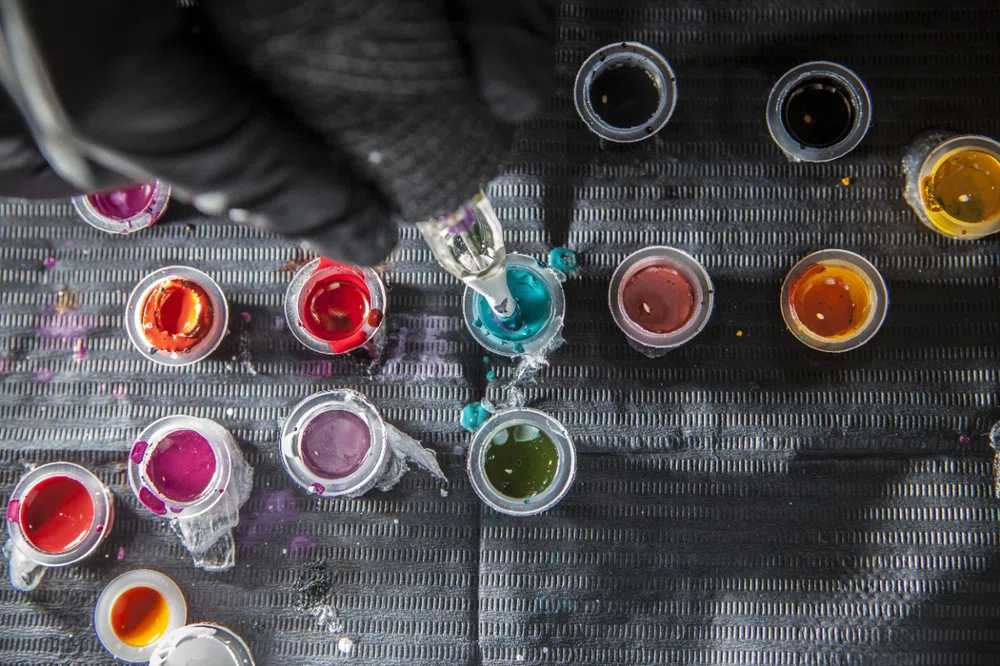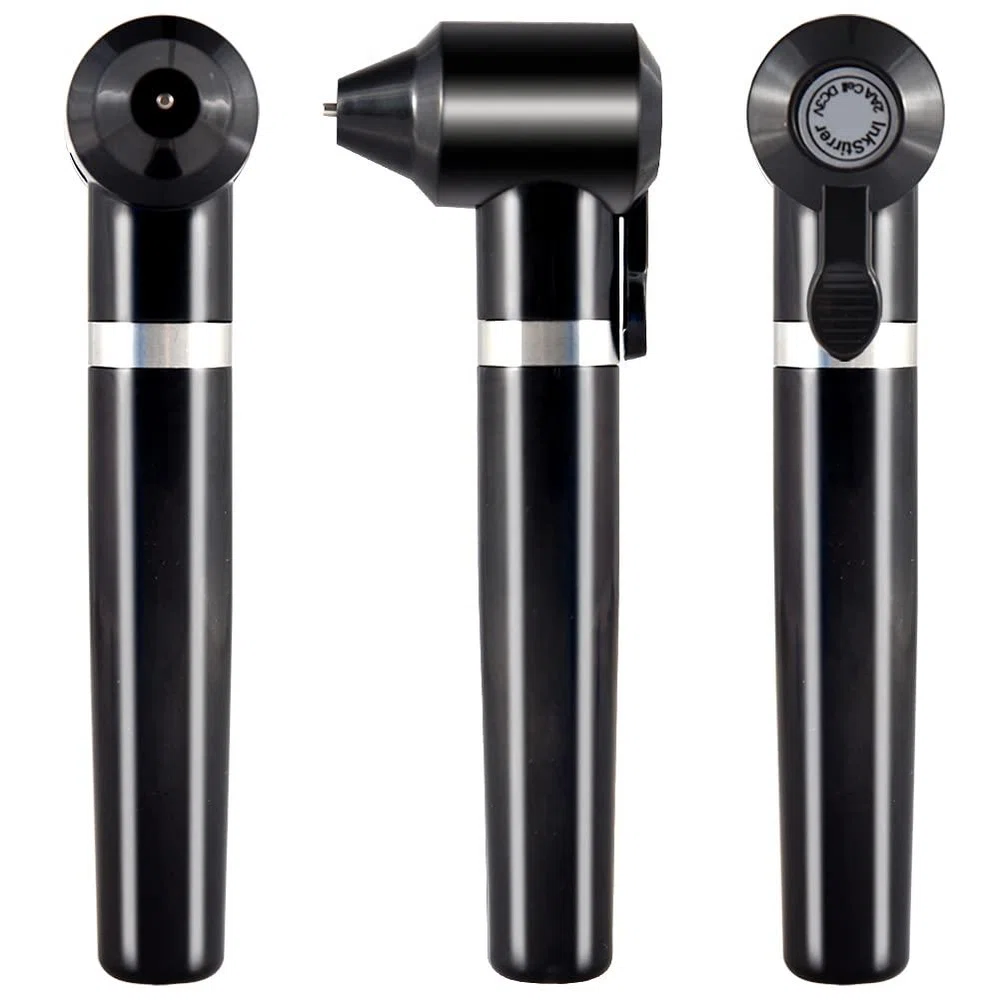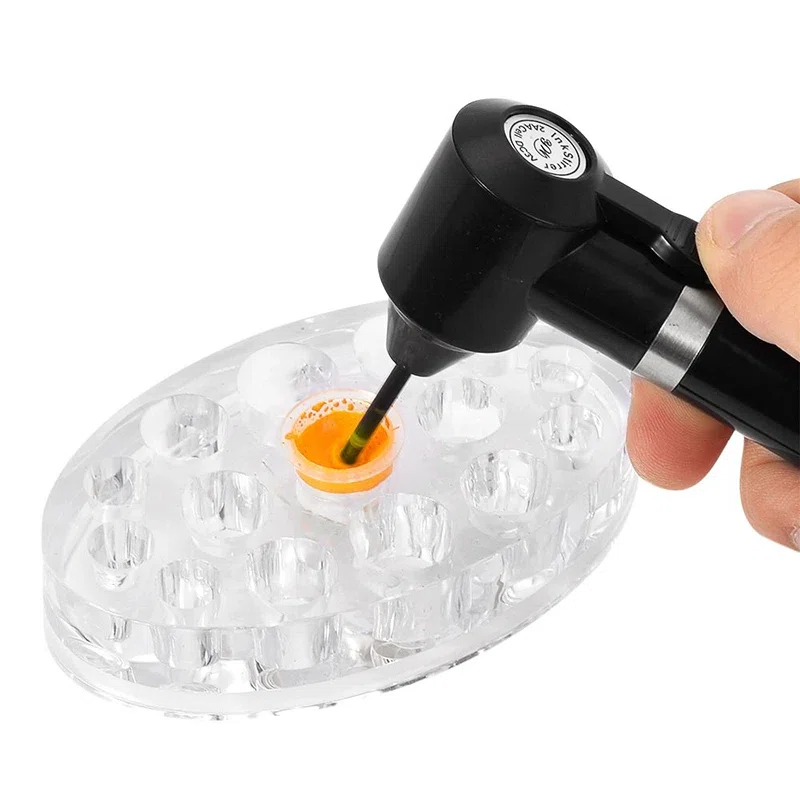For every tattoo artist, knowing how to mix colours is a fundamental step.
Like a painter, tattooists must also know how pigments behave and how to combine different coloured inks.
Often, the designs are so personalized that you have to invent your own colours to be able to tattoo them in the best way possible, and some tattoo styles even require this exercise.
But knowing how to master colours is useful for any style, do you want to know why? Keep reading.
First steps for combining colours
If you are a beginner, you might not have too many inks in your basic kit and, therefore, you might be a bit limited. But don't worry, we've got some tips to help you build up your own shades with just a few inks.
What if we told you that from five colours, you can make as many shades as you want? Interesting, right?
Well, here's the thing. There are three colours that function as the basis for creating almost any shade, which we will call primaries. These are red, yellow, and blue.
In their different combinations, we can create colours such as orange, green, or violet and —depending on the proportions you use of each primary colour— you can get more yellowish or more bluish greens, more intense or lighter oranges, darker violets or closer to red, and so on.

Now, in addition to these, we have two other basic colours, just as important as the primary ones, which are black and white. They are responsible for adding luminance or darkness to each tone, depending on how much you add to each colour.
This whole process of putting together and understanding the colours is part of what we call the Colour Studio, which is fundamental and indispensable for any artist.
No tattoo artist could work without clearly understanding these subjects. Knowing about colorimetry and colour theory is as essential as knowing how to use your machines.
If you are still not clear about these concepts, we recommend that you take a look at our article The chromatic circle and its importance in colour tattoos, where we share a few basics with you and explain what the chromatic circle is and how it works.
So, in short, if you want to create custom colours, and you don't have many inks, remember that with just five colours you can achieve unique and highly personalized results.
Mixing colours: what you need to know
The colour combinations you can achieve are infinite, but to mix inks you first need to know a few things.
First of all, many people wonder whether it's possible to mix inks from different brands. The truth is that there are some mixed opinions on this, but the experts recommend that you always use inks from the same manufacturer.
Why so? Well, as we have told you on some previous occasions, not all manufacturers use the same formulas to achieve the same colour, which means that combining them can lead to a few serious problems such as allergies, among other health complications.
In addition, the inks may not mix homogeneously, which could end up affecting the final result of the tattoo.
For this reason, it's always advisable to mix inks from the same brand. On the market, there are several leading brands in the tattoo industry, such as:
- Intenze Tattoo Ink
- Eternal Ink
- Fusion Ink
- Dynamic Ink
- World Famous Tattoo Ink
These manufacturers offer a wide range of colours and are formulated to be safe, durable, and easy to work with.
You should note that the quality of the ink you use has an impact on the outcome of the tattoo, so it's wise to invest in quality inks to get the best possible results.
Do you mix from the darkest to the palest, or the other way around?
Usually, when mixing colours, it's best to start by adding the lighter colour in the cup and then small amounts of the darker one until achieving the desired shade. This way, you can better control the intensity and shade of the final colour.
However, when it comes to mixing complementary colours, such as red and green, blue and orange or yellow and purple… it's best to start with the darker colour and slowly add the paler one to avoid getting too bright or vibrant a result.
You should also keep in mind that some colours may be more dominant than others, meaning that you need to add less of the dominant colour to achieve the desired result. For example, a small amount of blue can conquer a large amount of yellow.
In short, it's a good practice to start with the lighter colour and slowly add small amounts of the darker one until the pursued tone is achieved. But, you must consider the types of colours you are mixing and how they interact with each other to reach the best possible result.
Which tools to use for mixing inks?
Mixing tattoo inks with a mixer can be a suitable option to ensure that they are thoroughly mixed and that no lumps or undissolved particles remain.
A mixer is a tool specially designed to mix tattoo inks and ensure an even mixture.


Some mixers can be battery or AC-powered, and some even have different speeds to adjust the mixing intensity. While it's not mandatory to use it for mixing tattoo inks, it can save time and effort and ensure a homogeneous blend.
Some people mix inks with the back of a sterilized needle, stirring it in the cup until the colours are even. This is up to you and your possibilities, what matters is that you ensure that the whole cup looks the same colour.
Tip: before pouring any colour into the cups, shake well the ink bottles. Often, because of the formula itself, the inks stay a bit aqueous on the surface, which can affect the shade you want to achieve. Therefore, always shake thoroughly before use.
To avoid cross-contamination and infection, make sure that any tools you use for mixing are clean and sterilized. Want to learn more about this? Click here, and we'll explain all about Safety and hygiene are essential for tattooing
A few final recommendations
Before we finish, we must clarify that everything we've been stating is based on our experience, but it's vital that you dare to try out different possibilities on your own. You'll see that with practice, you'll be able to easily identify what we explained.
Always remember to avoid colour contamination, both when mixing different shades and when tattooing them.
To do so, you must clean the cartridge, needle, or mixer thoroughly in sterile water every time you change to a new shade. This will prevent the colours from staining.
We recommend using deionised and sterilised distilled water to avoid cross-contamination. You can get it at any tattoo shop or pharmacy. Don't use regular distilled water because you can damage all the colours and even bring unwanted bacteria into play.
Make sure that the needles are perfectly clean; otherwise, you can ruin the colour of the tattoo on your client's skin.
However, if in doubt and to avoid accidents, change the cartridge and use a new one.
It could happen that by wanting to use the same needle and not spending money on new supplies, you end up contaminating not only the colours of the cups but also the tattoo itself.
Therefore, we recommend that you always have several cartridges available and prioritize safe use.
If you would like to know more about tattooing and specialize in complex styles such as Realism, we invite you to learn with us the techniques tested and contrasted by a master. Click here and learn how to tattoo like a professional.